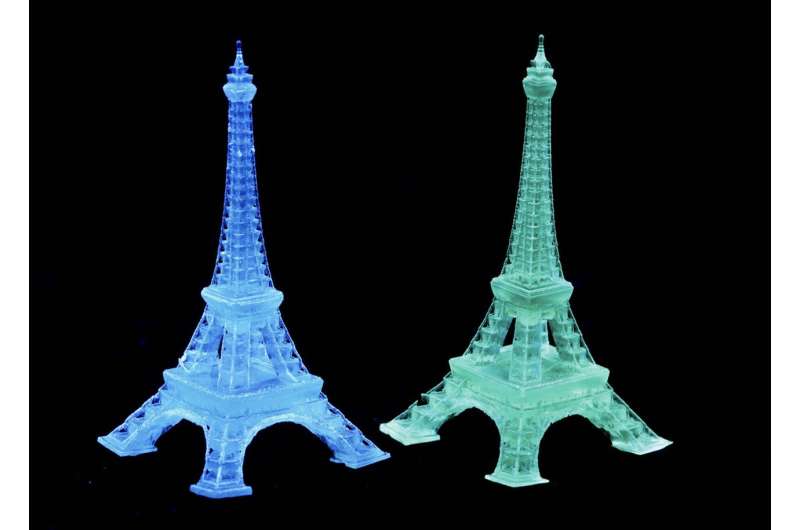Throughout their history, human beings have gone out and achieved a lot, and one factor which contributed to that more than any other has been our knowhow of getting better on a consistent basis. This knowhow, in particular, has brought the world some huge milestones, with technology emerging as quite a major member of the stated group. The reason why we hold technology in such an esteemed regard is, by and large, predicated upon its skill-set, which guided us towards a reality that nobody could have ever imagined otherwise. Nevertheless, if we look beyond the surface for one hot second, it will become abundantly clear how the whole runner was also very much inspired from the way we applied those skills across a real world environment. The latter component, in fact, did a lot to give the creation a spectrum-wide presence, and as a result, initiated a full-blown tech revolution. Of course, the next thing this revolution did was to scale up the human experience through some outright avenues, but even after achieving a feat so notable, technology will somehow continue to bring forth the right goods. The same has turned more and more evident in recent times, and assuming one new discovery ends up with the desired impact, it will only put that trend on a higher pedestal moving forward.
The researching team at Lawrence Berkeley National Laboratory (Berkeley Lab) has successfully developed a new “supramolecular ink,” which can be used in OLED (organic light-emitting diode) displays or other electronic devices. Before we dig into the new development, though, we must acknowledge how OLEDs are rapidly expanding in the display market because of their light weight, thinner structure, and tendency to use less energy but still boast a better picture quality than other flat-panel technologies. In case you weren’t quite aware, this the technology does using tiny organic molecules that emit light directly and eliminate the need for extra backlight layer which is a mainstay across all liquid crystal displays (LCDs). Having said so, we also cannot go without mentioning that OLED, despite its technological prowess, isn’t the most financially accessible alternative. You see, more often than not, it tends to demand rare and expensive metals like iridium, meaning not everyone can hope for reaping its benefits. Fortunately enough, the development in question overcomes that barrier by leveraging a type of ink which is made from inexpensive and earth-abundant elements, instead of costly scarce metals. Owing to the latter bit, this new technology not only makes a significant cut back on the costs, but it also brings to the fore a prospect for developing environmentally sustainable flat-panel screens and electronic devices. Talk about the given supramolecular ink on a slightly deeper level, it consists of powders containing hafnium (Hf) and zirconium (Zr) that can be mixed in solution at low temperatures, ranging from room temperature up to around 176 degrees Fahrenheit (80 degrees Celsius), eventually forming a semiconductor “ink.” However, prior to that, the process gets these tiny molecular “building block” structures within the ink to self-assemble in solution, structures that enable the material to achieve stable and high-purity synthesis at low temperatures.
“By replacing precious metals with Earth-abundant materials, our supramolecular ink technology could be a game changer for the OLED display industry,” said Peidong Yang, principal investigator on the study, a faculty senior scientist in Berkeley Lab’s Materials Sciences Division, and professor of chemistry and materials science and engineering at UC Berkeley. “What’s even more exciting is that the technology could also extend its reach to organic printable films for the fabrication of wearable devices as well as luminescent art and sculpture.”
To conduct initial tests on the material’s color tunability and luminescence as an OLED emitter, the researchers conceived a thin-film display prototype from the composite ink. Here, going by the available details, they found the material to be suitable for programmable electronic displays. Next up, the team learned that their supramolecular ink is also fully compatible with 3D printing technologies such as for the design of decorative OLED lighting. Apart from it, the tests revealed another critical detail in the form of ink’s potential use cases across wearable devices, or high-tech clothing which illuminates for safety in low-light conditions, or those devices that display information through the supramolecular light-emitting structures. Finally, the experiments also informed us on how the blue- and green-emitting supramolecular ink compounds exhibit near-unity quantum efficiency.
“This demonstrates their exceptional ability to convert nearly all absorbed light into visible light during the emission process,” said Cheng Zhu, the co-first author on the paper explaining this research and a Ph.D. candidate in materials science and engineering at UC Berkeley.
The development of a supramolecular ink actually follows up on Peidong Yang Lab’s previous efforts towards creating new sustainable materials that could enable cost-effective and energy-efficient semiconductor manufacturing. For instance, last year, Yang and his team came up with a new multielement ink which was understood to be the first ever “high-entropy” semiconductor capable of being processed at low temperature or room temperature.
Coming back to supramolecular ink and its compounds, they will leverage their demonstrated stability and shelf life to expand horizons by also helping the commercial advancement of ionic halide perovskites, a thin-film solar material which the display industry has been eyeing for decades. This is a big upside, as ionic halide perovskites’ low-temperature synthesis mechanism has always carried the potential to enable cheaper manufacturing of displays. However, the sticking point, so far, has been its lead content, an element detrimental for environment. The new supramolecular ink puts that concern to bed through a lead-free formulation, and it does so without sacrificing performance levels at all.
For the future, the researching team plans to explore the stated material’s electroluminescent potential.
“This involves a focused and specialized investigation into how well our materials can emit light using electrical excitation,” said Zhu. “This step is essential to understanding our material’s full potential for creating efficient light-emitting devices.”













